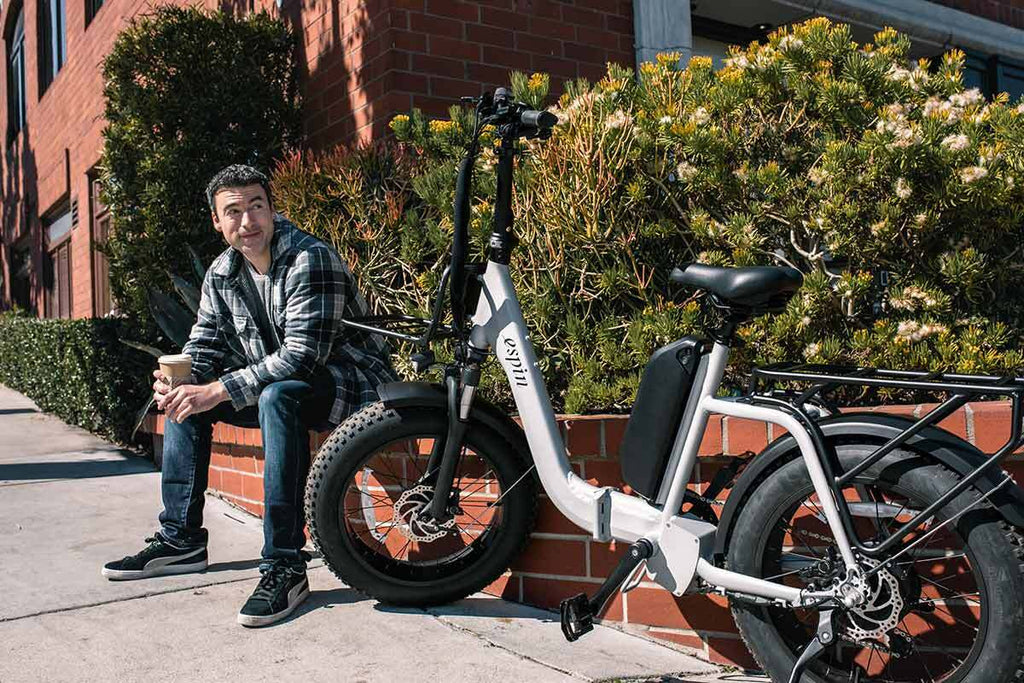3 Things You Can Do to Avoid Flats

Every rider dreads the moment when they start to sense an anomaly with their bike, interrupting their smooth ride. Swiftly signaling to exit the trail, they diligently investigate the issue only to be disheartened by a deflated tire.
The moment riders detect an anomaly with their bike, disrupting their smooth ride, they promptly signal to exit the trail and diligently investigate the issue, only to be disheartened by a deflated tire.
A sudden flat tire is something that can significantly disrupt your ride. Fortunately, there are proactive measures you can take to minimize their occurrence, particularly if you adhere to these recommendations from our service team.
1. Ride Defensively

The well-known adage emphasizing the importance of prevention over cure certainly applies when it comes to safeguarding against tire damage.
Take control of the situation by riding defensively. Stay out of the gutter when riding in the road since that's where everything sharp and nasty on the road ends up after it’s blown, washed, or swept out of the lane. Avoid construction-heavy spots where you may encounter stray screws or nails. If you see a broken bottle (or anything at all sparkly, really!), try to see if you can safely steer clear.
Getting a sudden flat tire can really mess up your ride, but luckily there are things you can do to minimize it. Especially if you follow these recommendations from our service team.
2. Keep the Air in There
The maintenance of proper tire pressure is crucial. When your tires are inflated correctly, you can experience smoother and faster rides. Additionally, it aids in preventing tire punctures.
When your tire is not properly inflated, there's less cushion between the rim and the road. This means that when you hit bumps, you're more likely to get a pinch flat - that's when the tube gets pinched between the wheel rim and a hard surface. And if your tire has low pressure, it's also more prone to picking up sharp debris and getting puncture flats - those happen when something sharp like an upholstery tack, drywall screw, or even a broken wine bottle stabs into the tire and tube.
To mitigate these issues, utilize a bicycle pump and a bike tire gauge to ensure consistent adherence to the recommended PSI (pounds per square inch) for your tire. For optimal outcomes, replenish the pressure every 1-2 weeks. Similar to a balloon, it is customary for tires to experience gradual pressure loss over time.
3. Perform Regular Tire Inspections
What an operable tread (left) looks like compared to a worn down tread (right).
Check your tires before and after every ride to make sure they're in good shape. This means giving them a thorough inspection for any debris you might have picked up while riding.
If you spot anything stuck in there, use a sharp blade or needle-nose pliers to remove it. A dental pick would be great if you happen to have one. Leaving it lodged inside could cause it to gradually sink deeper and eventually puncture your tube.
Depending on the size of the object you take out and how deep it's gone, the tire might still be good to go. But if you can see the threads sticking out, then it's time for a replacement. It sucks having to change a tire earlier than expected, but trust me, it beats being stranded in the middle of nowhere.
If your tire's looking beat up, it won't be as good at fending off punctures as a fresh one. So, swapping out your tires when they're due can save you a ton of headaches. For knobby tires like the RadRover's, retire them once you start seeing wear patches between the knobs on the tire casing. And for smoother tires like those on the RadWagon, swap 'em out when their grooves have worn away down the centerline where they meet the road.

